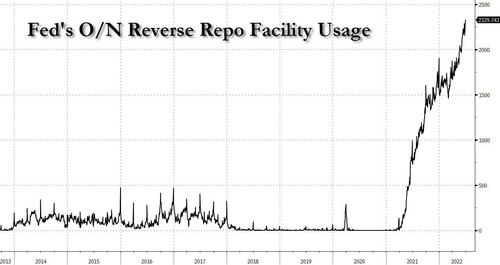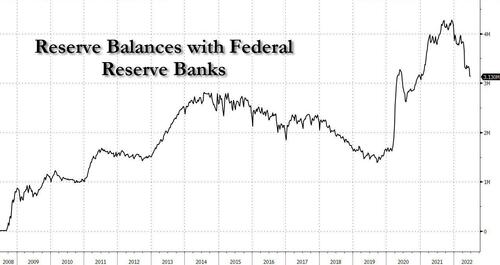Thanks to Washington Democrats in the U.S. Senate, ‘big government’ just got a whole lot bigger and more deeply ‘entrenched.’
Senate Democrats passed a $740 billion budget reconciliation bill, calling it “The Inflation Reduction Act.”
The Wall Street Journal has a more accurate name for the 725-page bill, calling it “The Business Investment Reduction and Distortion Act.”
Washington Republicans, of course, opposed the bill. But do they have a legitimate, politically viable economic plan of their own to: 1) Get the federal budget deficits back under control?; 2) Materially improve financial security across the board for all of America’s hard-working, tax-paying U.S. citizens?; 3) Revitalize free market dynamics and economic liberty for all Americans?; 4) Set America back on track for long-term economic growth?; and 5) Safeguard the U.S. Dollar’s status as the world’s reserve currency?
Answer: 5 times, “No.”
Shamefully, Washington Republicans have no countervailing plan – other than to lightly ‘tap the brakes’ on Democrat initiatives to grow government and control the masses.
……………………………………………….
WSJ: The Schumer-Manchin Tax and Subsidy Pact
New taxes and price controls to pay for green corporate welfare for the politically favored.
WSJ The Editorial Board, July 28, 2022 – Excerpts:
“Mr. Manchin is selling the deal as deficit reduction and a rescue for fossil fuels. If he believes this, he hasn’t thought through the impact of the 725-page bill. A more accurate name would be the Business Investment Reduction and Distortion Act since that will be the result of its $433 billion in climate and healthcare spending, and $615 billion in new taxes and drug price-control “savings.”
Start with the 15% minimum tax on corporate book income over $1 billion, which Democrats claim will raise $313 billion through 2031. This new alternative minimum tax will slam businesses whose taxable income is lower than the profits on their financial statements owing to the likes of investment expensing, tax credits and business deductions.
…….
Businesses will have more incentive to sink money into green ventures whether or not they are the best uses of corporate capital. This will magnify investment distortions created by the bill’s $369 billion in climate spending, most of which is corporate welfare.
Companies will get tax credits for spending on wind, solar, critical minerals, biofuels, hydrogen, carbon capture, nuclear, “sustainable” aviation fuel, lithium-ion batteries, electric-vehicle charging stations and more. Auto makers will get $20 billion in cheap federal loans for building “clean vehicle” factories.
The Biden Administration is using regulation to essentially mandate that auto makers churn out electric vehicles. Now taxpayers will subsidize that cost, on top of the $7,500 EV tax credits so affluent Americans can buy more Teslas. The bill removes the 200,000 manufacturer cap for the $7,500 EV tax credit, which GM, Tesla and Toyota have hit and Ford soon will.
……
All of this will steer private investment into green energy at the cost of reduced investment in fossil fuels. Wind and solar subsidies are already creating distortions in power markets that make the electric grid less reliable and energy more expensive. The expansion of subsidies will compound these problems.
Most climate spending also comes with prevailing wage and domestic content requirements that will drive up project costs. How will this help reduce inflation?
The Schumer-Manchin deal is also a raid on drug companies. The bill will require the Health and Human Services Secretary to “negotiate” Medicare prices—i.e., impose price controls—for dozens of drugs. But the $288 billion in putative savings are fanciful. Manufacturers will hedge potential future losses by launching drugs at higher prices.
Generic manufacturers say price controls will dampen their incentive to develop copycats, which will result in higher prices for all drugs down the road. The bill will also discourage investment in innovative treatments that could reduce future healthcare spending.
Democrats plan to use the phantom savings to extend sweetened Affordable Care Act subsidies for three years. The subsidies are sure to be extended again in 2025, and their cost will grow as insurers raise premiums to pocket the larger payments.“
____________________________________
Main Street American Republicans do have a powerful citizen-centered plan that will provide a dynamic ‘recharge’ to the U.S. economy and restore economic liberty in America – and reduce America’s debt and protect the long-term viability of the U.S. Dollar.
The Leviticus 25 Plan – An Economic Acceleration Plan for America
$90,000 per U.S. citizen – Leviticus 25 Plan 2023 (4139 downloads)








